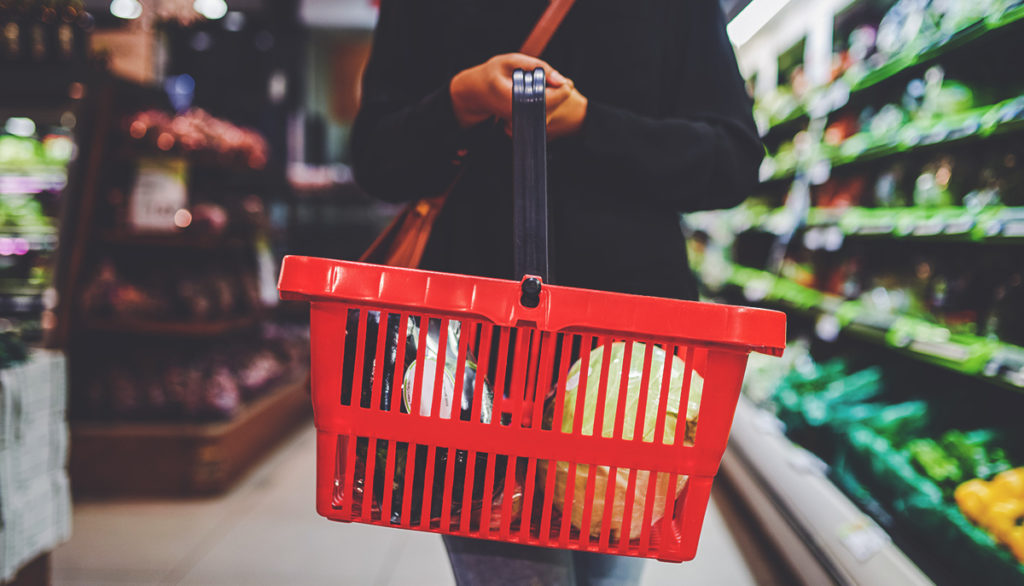If you’ve been to the shops recently, you’ve likely experienced a shock – they want how much for a head of lettuce?
Australia is experiencing significant produce shortages, leading to very high prices on certain items. In some parts of Australia, a head of lettuce sells for $10 or more, an extreme increase from its usual price of under $3.50.
We’ve put together this explainer to help you understand what’s going on, and how you can save on your groceries despite the price hike.
Why is lettuce so expensive?
So, why is the cost of things like lettuce and other fresh produce so high? The price has risen because of a lack of supply. Lots of Australia’s produce is grown in Queensland, which has been hit by extreme weather over the last few months.
Rain and floors have led to many growers losing whole crops, and the drop in temperatures has meant growing the next crop is more difficult than usual. The soil on many farms is oversaturated and can’t dry out in cold, wet conditions.
It’s not just lettuce, either. Some retailers have reported shortages of other leafy greens, including fresh herbs and baby spinach. Beans, cauliflower, zucchini and more are also being affected in some areas.
What you can do to budget your shopping
Despite the prices of some produce staples, there are still ways you can get the most out of your grocery budget. Shopping on a budget also doesn’t mean you have to compromise on the quality or nutritional value of your meals. Try these tips to save money:
- Buy frozen or canned foods. Frozen food retains its nutrients well and will last for a long time in your freezer. While it won’t help with the lettuce shortage specifically, you can make up for the lack of fresh greens in your diet with frozen broccoli, spinach, peas, beans and more. Canned food is also a great option, although the canning process can distort flavours a little.
- Buy in bulk (if you can use everything up). Stock up when you see a particular food you like at a discounted price. To make the most of this, you need to be able to use the produce before it goes bad, so consider batch cooking and freezing big meals or even try your hand at pickling.
- Store your food correctly. For instance, chop up your celery and store it in a container of water, and it will stay crunchy for much longer – do the same with carrots!
How to shop seasonally
Shopping seasonally can make a huge difference to the cost of your groceries. Australia’s climate means most foods are accessible throughout the year, but it still makes sense to buy seasonally wherever possible, especially with supply shortages.
Download a seasonal food guide for your area and stick to buying the fruits and veggies currently in season where you live. Not only will this be easier on your wallet, but it’s also a big bonus for the environment, as food in season doesn’t have to travel as far to get to consumers!
Are things expected to go back to normal? If so, when?
So many elements have come together to cause this fresh produce shortage, meaning it’s likely to be a few months, at least, before prices start to come back down. The list of foods affected may also continue to grow.
Growers need time to plant and harvest new crops to ease the supply shortage, and current weather conditions are making that difficult. At this stage, it’s not clear when prices will begin to normalise.
If you need support during this time, reach out to your education provider for advice.
The cost of veggie staples will come back down eventually, but waiting it out may impact what you can and can’t eat in the meantime. Get creative in the kitchen, and you might discover something new!





